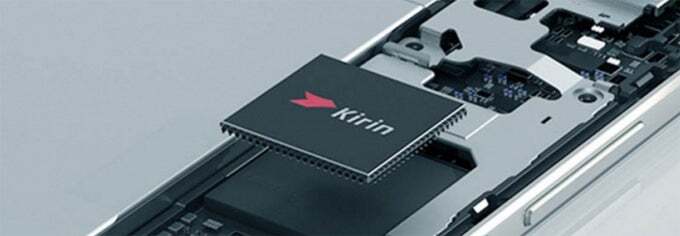Expert says SMIC can make more powerful SoCs for Huawei using tech it already owns

Chinese foundries are prevented from buying extreme ultraviolet lithography machines (EUV) thanks to the U.S. sanctions. The largest foundry in China, SMIC, is limited to using DUV machines (deep ultraviolet lithography) which it was allowed to buy before the U.S. crackdown and certain models can still be shipped to the company today. The only problem is that using DUV instead of EUV limits SMIC to producing 7nm chips which are two process node generations behind the 3nm chips currently produced by TSMC and Samsung Foundry.
This is important because, simply put, the lower the process node the larger the number of transistors inside a chip. And the higher a chip's transistor count, the more powerful and/or energy-efficient a chip is. The lithography machines etch circuity patterns less than the width of a human hair onto a silicon wafer. As chips get more complex and carry billions and billions of transistors (as an example, the A17 Pro on the iPhone 15 Pro models has 19 billion transistors in each chip), the circuity patterns become smaller.
As we noted, SMIC is limited to producing 7nm chips such as the Kirin 9000s 5G chips used on the Huawei Mate 60 series. These SoCs allowed Huawei to produce its first phone with native 5G in three years setting off a wave of nationalism in China. But what is Huawei going to do with its first 2024 flagship, the photography-focused P70, P70 Pro, and P70 Art? The company can't keep using 7nm chips forever. But there is a solution although it might be expensive.

Chip expert says that Huawei might be able to obtain 5nm Kirin chips although it will be expensive to produce
According to DigiTimes (via Wccftech), a chip expert by the name of Burn Lin believes that SMIC can use DUV machines to make 5nm chips. This would require the foundry to use a technique called four-fold patterning which has several drawbacks. It is time-consuming, reduces yield, and is very expensive. The yield problem alone could leave Huawei without enough 5nm Kirin chipsets for its P70 series. But it might be the only way for Huawei to improve the chips it uses on its flagship devices.
The Chinese government and Huawei are reportedly spending huge sums of money looking to find a solution. Right now, only one company makes the EUV machines that SMIC and Huawei need and that is the Dutch company ASML which is following U.S. export restrictions on China. But last month Japanese photography firm Canon said that it developed nanoimprint lithography (NIL) technology that can help produce 5nm chips; with some improvements to mask technology, NIL might even be able to help foundries build 2nm chips.
Between the Canon announcement and the use of four-fold patterning to make 5nm chips using DUV, the next time Huawei unveils a new device powered by a more competitive chipset, we shouldn't be so surprised.
Follow us on Google News














Things that are NOT allowed:
To help keep our community safe and free from spam, we apply temporary limits to newly created accounts: